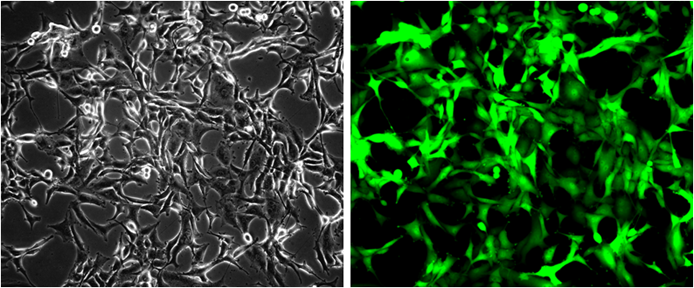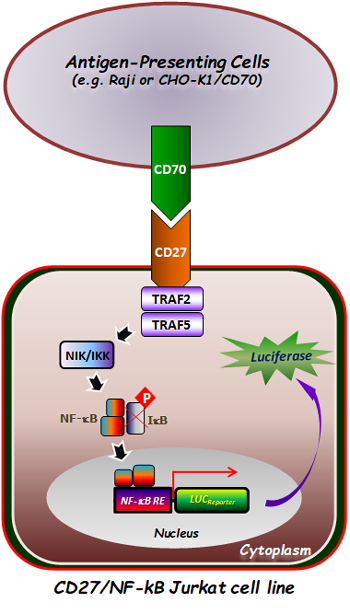Monoclonal Antibody to UchL1 (Clone: 31A3)

Fig: 1 Western blot analysis analysis of UchL1. Anti-UchL1 antibody (Clone: 31A3) was used at 1 µg/ml in 1) human, 2) mouse and 3) rat brain lysate.
Roll over image to zoom in
Shipping Info:
For estimated delivery dates, please contact us at [email protected]
| Format : | Purified |
| Amount : | 100 µg |
| Isotype : | Mouse IgG1, kappa |
| Purification : | Protein G Chromatography |
| Content : | 25 µg in 50 µl/100 µg in 200 µl PBS containing 0.05% BSA and 0.05% sodium azide. Sodium azide is highly toxic. |
| Storage condition : | Store the antibody at 4°C; stable for 6 months. For long-term storage; store at -20°C. Avoid repeated freeze and thaw cycles. |
UchL1 (ubiquitin C-terminal hydrolase), also known as PGP9.5 (protein gene product 9.5) and PARK5, is a neuronal biomarker and ubquitin system protein.UchL1 is a highly conserved antibody and has shown that it is expressed in neurons and neuroendocrine cells in vertebrates where it comprises about 5-10% of soluble cytoplasmic proteins. A minor proportion of UchL1 in brain is tightly bound to the membrane. UchL1 antibody is also expressed in human oocytes and spermatogonia. It is important to note that the use of an antibody as a biomarker in this case does not imply that an antibody defines absolute tissue specificity. Rather, it means that PGP9.5 is expressed in neurons and neuroendrocine cells at significantly higher levels than in other cell types.
Flow Cytometry (1-2ug/million cells), Immunofluorescence (1-2ug/ml), Western Blot (1-2ug/ml), Immunohistochemistry (Formalin-fixed) (1-2ug/ml for 30 minutes at RT)(Staining of formalin-fixed tissues requires heating tissue sections in 10mM Tris with 1mM EDTA, pH 9.0, for 45 min at 95°C followed by cooling at RT for 20 minutes)
For Research Use Only. Not for use in diagnostic/therapeutics procedures.
| Subcellular location: | Cytoplasm, Endoplasmic reticulum membrane |
| Post transnational modification: | O-glycosylated. |
| Tissue Specificity: | Found in neuronal cell bodies and processes throughout the neocortex (at protein level). Expressed in neurons and cells of the diffuse neuroendocrine system and their tumors. Weakly expressed in ovary. Down-regulated in brains from Parkinson disease and Alzheimer disease patients. |
| BioGrid: | 113192. 58 interactions. |
|
There are currently no product reviews
|

















.png)












